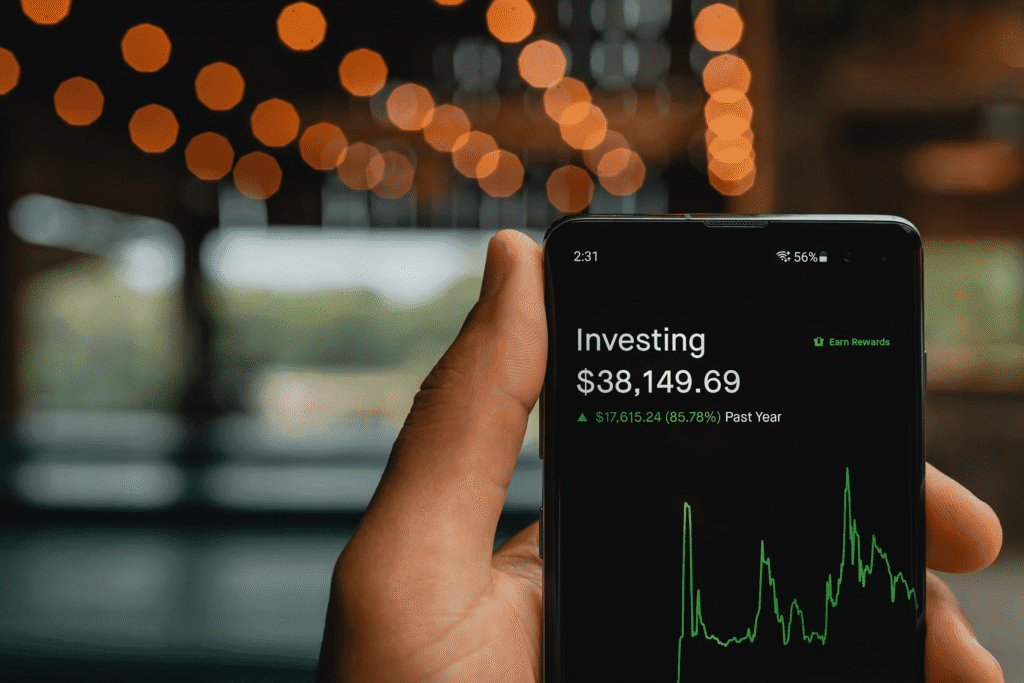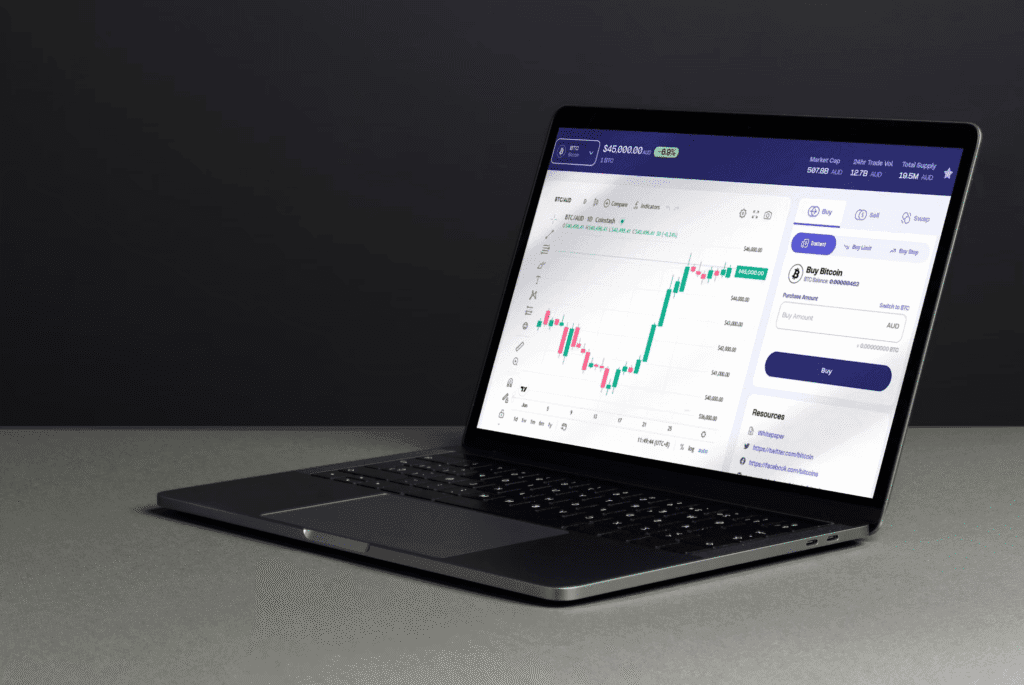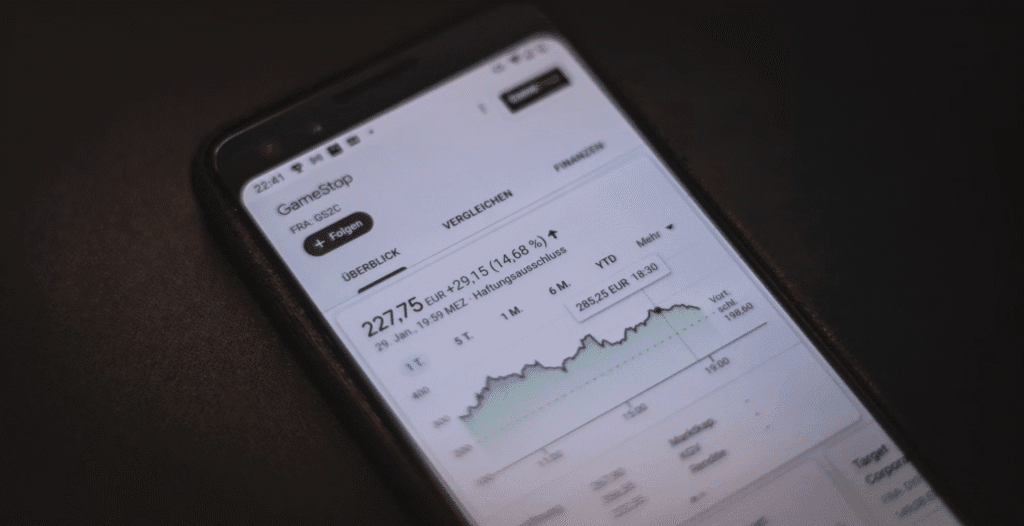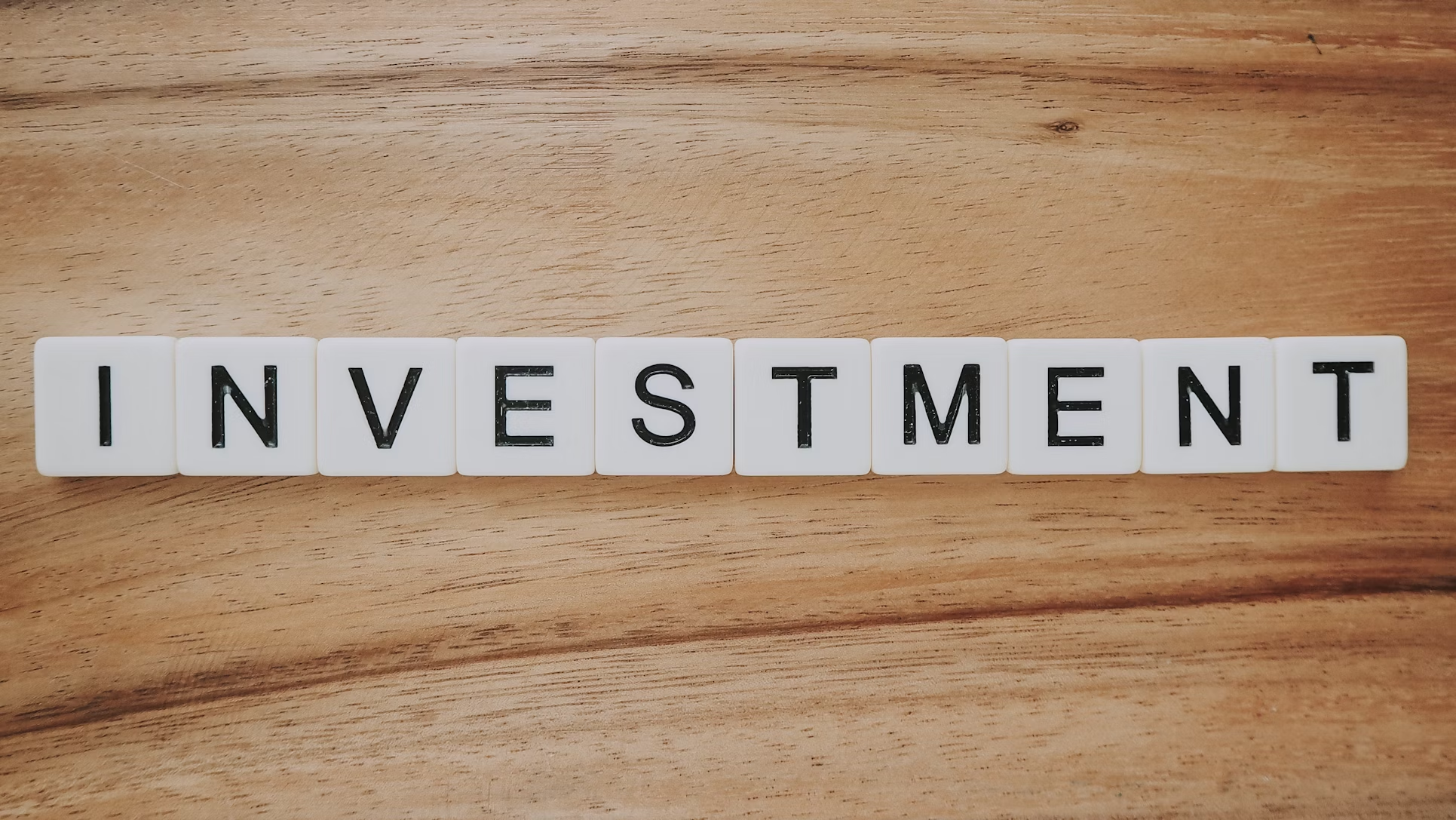Value investing vs. growth investing
Value investing vs. growth investing—this key decision shapes every successful portfolio. Knowing the core differences between these two strategies is one of the most important steps an investor can take. Each philosophy has built powerful portfolios and created legendary investors. Whether you’re just starting out or refining your approach, understanding value vs. growth investing can greatly impact your long-term success and portfolio performance.
What is Value Investing? {what-is-value-investing}
Value investing means buying stocks that seem cheaper than their actual worth or book value. Value investors look for stocks they think the market has underpriced, trying to find good deals in the stock market.
Benjamin Graham, the father of value investing, laid down the basic ideas in his essential book “The Intelligent Investor.” Warren Buffett, Graham’s most well-known student, has become the face of value investing success. He built Berkshire Hathaway into a big company that works in many industries by sticking to value investing principles.
Core Principles of Value Investing
Intrinsic Value Focus: Value investors dedicate much time to analysing a company’s core worth. They examine financial statements, cash flows, and business models to determine the company’s worth.
Margin of Safety: This key idea involves buying stocks at a significant discount to their calculated intrinsic value. This cushions against mistakes in analysis or ups and downs in the market.
Long-term Perspective: Value investors tend to keep their positions for years. They wait for the market to see the company’s actual value.
Contrarian Approach: Value investors often buy when others sell. They zero in on solid companies going through short-term problems.
Key Metrics Used in Value Investing
Value investors depend on specific financial ratios and metrics:
- Price-to-Earnings (P/E) Ratio: Stocks with lower P/E ratios often seem undervalued
- Price-to-Book (P/B) Ratio: This ratio puts the market value against the book value
- Debt-to-Equity Ratio: This looks at financial health and how much a company borrows
- Return on Equity (ROE): This shows how well management uses resources
- Free Cash Flow: This points to how much cash a company can make


What is Growth Investing? {#what-is-growth-investing}
Growth investing targets companies that are likely to grow faster than average. People who invest for growth look for companies that could see big jumps in earnings. They’re often ready to pay high prices for stocks they think will pay off big due to quick business growth.
This way of investing became popular during the tech boom. It still draws in investors who want bigger returns from companies that look set to grow a lot.
Main Ideas Behind Growth Investing
More Money Coming In and Profit: Growth investors hunt for companies that keep making more money and profit, beating others in their field.
Top Dogs in the Market: They zero in on companies with edges over others’ new products, or services that make them leaders or game-changers in the market.
Scalability: Growth investors like businesses that can expand without costs going up too much.
Future Potential: They care more about what a company might become than its worth.
Key Metrics Used in Growth Investing
Growth investors look at different numbers than value investors:
- Revenue Growth Rate: How much sales go up each year
- Earnings Per Share (EPS) Growth: Whether profits keep getting bigger
- Price/Earnings to Growth (PEG) Ratio: Compares P/E ratio to how fast a company is growing
- Return on Invested Capital (ROIC): How well a company uses its money
- Total Addressable Market (TAM): How big the market is and if it can get bigger
Key Differences Between Value Investing VS Growth Investing {key-differences}
Knowing the fundamental differences between these strategies helps investors choose which approach fits their goals and how much risk they’re willing to take.
Investment Philosophy
Value investing believes that markets sometimes get the price of stocks wrong, giving savvy investors a chance to buy good companies for less than they’re worth. This method needs patience and firm belief, because it can take a long time for the market to see a stock’s real value.
On the other hand, growth investing looks for companies that could grow a lot and pays high prices for future earnings. Growth investors think paying more for fast-growing companies will pay off when these companies do well later.
Risk Tolerance and Time Horizon
Value investing attracts conservative investors who plan for the long term and can wait for their investments to grow. This approach often brings fewer market swings but needs patience when cheap stocks stay flat.
Growth investing fits investors who don’t mind more market ups and downs and want quicker results. Growth stocks can shoot up fast but might also drop hard if they don’t grow as much as people hoped.
Market Conditions and Cycles
Value investing does better when markets drop and the economy looks shaky. At these times, investors look for safe bets in solid, cheap companies. Growth investing shines in bull markets and good economic times when investors feel more daring.
Comparative Analysis Table {comparison-table}
| Aspect | Value Investing | Growth Investing |
|---|---|---|
| Primary Focus | Undervalued companies | High-growth companies |
| Valuation Approach | Low P/E, P/B ratios | Higher valuations acceptable |
| Time Horizon | Long-term (3-10+ years) | Medium to long-term (1-5 years) |
| Risk Level | Lower to moderate | Moderate to high |
| Market Conditions | Performs well in downturns | Thrives in bull markets |
| Dividend Yield | Often higher | Usually lower or none |
| Volatility | Generally lower | Higher volatility |
| Research Intensity | Deep fundamental analysis | Growth prospects analysis |
| Famous Practitioners | Warren Buffett, Benjamin Graham | Peter Lynch, Philip Fisher |
| Sector Preferences | Utilities, financials, industrials | Technology, healthcare, consumer |
Pros and Cons of Each Strategy {pros-and-cons}
Value Investing Advantages
Less Risky: Value stocks often protect investors when prices drop because they’re cheap and have strong fundamentals.
Cash from Dividends: Many value stocks pay good dividends, giving investors a steady flow of money.
Proven to Work: Big-name investors have made value investing work for years, showing it’s a solid strategy.
Buying Low: Purchasing when everyone else is selling can lead to significant gains when things look up.
Drawbacks of Value Investing
Unclear Timing: Value stocks might stay cheap for a long time, which can test how patient you are.
Hidden Problems: Some stocks that seem cheap might be failing businesses that won’t recover.
Slow Growth: Value companies might not grow as fast as other companies.
Opportunity Cost: You might miss chances to grow quickly if you wait too long for value investments to pay off.
Growth Investing Advantages
Higher Return Potential: When growth investments work out, they can make a lot of money quickly.
Momentum Benefits: Growth stocks often increase as they make more money than people expect.
Innovation Exposure: Growth investing lets you invest in new companies changing future markets.
Compounding Power: Companies that grow fast can make your money grow faster than older, stable companies.
Growth Investing Disadvantages
Valuation Risk: Growth stocks are often priced high, so even minor problems can cause significant drops in their value.
Execution Risk: Growth companies need to keep doing well all the time. If they mess up, their stock price can fall a lot.
Market Sensitivity: Growth stocks show more ups and downs when markets take a hit.
Competition Risk: Fast-growing industries pull in rivals, which can wear down competitive edges.


Historical Performance Analysis {historical-performance}
Looking at past results gives us helpful Information on how these strategies have worked in different markets and economic situations.
Long-term Performance Trends
Research from Morningstar shows value investing has beaten growth investing over long stretches when we look at returns over decades. But, this gap has shrunk a lot, with growth investing on a hot streak from 2010 to 2021.
The Russell 1000 Value Index has produced average yearly returns of about 10.2% in the last 30 years, while the Russell 1000 Growth Index has generated similar returns of 10.8% during the same time. Yet, these figures hide significant periods of different performance.
Cyclical Performance Patterns
Value investing saw its heyday from the 1970s through the early 2000s, with value stocks beating growth stocks. This pattern flipped during the tech boom of the late 1990s when growth stocks outperformed value stocks by a wide margin.
Recent Market Dynamics
From 2010 to 2021, growth stocks outperformed for one of the most extended periods in market history. Tech giants like Apple, Amazon, Google, and Microsoft drove this strong performance, getting a boost from digital transformation trends that sped up during the COVID-19 pandemic.
But 2022 signaled a possible shift, as climbing interest rates and worries about inflation gave value stocks an edge over growth stocks. This change shows how investment styles perform in cycles and why keeping a well-rounded view is key.
Which Strategy Fits You Best? {which-strategy}
Your choice between value and growth investing depends on several things, like how much risk you can handle, how long you plan to invest, what you think the market will do, and what you prefer.
Think About Value Investing If:
You Don’t Like Taking Big Risks: Value investing often means fewer ups and downs and better protection when markets fall, making it a good fit for cautious investors.
You Want Regular Income: Many value stocks pay good dividends, giving you a steady flow of money. This is useful for retirees or investors who focus on income.
You Have a Long Investment Horizon: Value investing needs patience. It can take years for low-price stocks to reach their real worth.
You Like Digging into Company Details: Value investing rewards deep research. This includes looking at company basics, financial reports, and industry trends.
Think About Growth Investing If:
You’re Okay with More Risk: Growth investing brings ups and downs. It often means paying higher prices for stocks. You need to be fine with possible short-term losses.
You Want Bigger Gains: Growth investing might give you much better returns. It’s a good fit for younger investors who can invest for longer.
You Believe in New Ideas: Growth investing lets you put money into cutting-edge companies. These businesses might come up with new tech that changes whole industries.
You Like Strategies Based on Momentum: Growth stocks often go through long periods of price increases, which helps investors who can spot and follow these trends.
Things to Think About for Your Portfolio
Many investors who do well don’t just pick between value and growth investing. Instead, they use parts of both strategies. This mix-and-match approach can spread risk and lower the chance of being wrong about when the market will change or when one style will do better.
How to Divide Your Money Based on Age: Younger investors might focus more on growth investing to build wealth. As they get closer to retirement, they might slow down.
Steps to Develop Your Strategy
- Know Your Risk Comfort: Figure out how many market ups and downs you can handle financially .
- Pick Your Investment Timeframe: Think about when you’ll need to use the money and how long you can keep it invested.
- Clearly define your investment goals, such as retirement savings, wealth growth, or income generation.
- Start with a balanced strategy that incorporates both value and growth components.
- Keep an Eye on Things and Tweak: Check your portfolio’s results often and make changes as your life situation shifts.
Tools and Resources to Put This into Action
ETFs and Index Funds: Look into cheap funds that follow value or growth indexes, like Vanguard Value ETF (VTV) or Vanguard Growth ETF (VUG).
Robo-advisors: Automated investment tools can manage the mix between value and growth based on what you prefer.
Financial Advisors: Expert advice can help create a personalized plan that blends both approaches .
ETFs and Index Funds for Value and Growth
ETFs and Index Funds for Value and Growth
- Vanguard Value ETF (VTV): Follows big-cap value stocks, charges a tiny 0.04% fee
- iShares Core S&P 500 Value ETF (IUSV): Zeroes in on S&P 500 companies trading below their worth
- Vanguard Small-Cap Value ETF (VBR): Targets smaller value firms with room to grow.
- SPDR Portfolio S&P 500 Value ETF (SPYV): Offers a budget-friendly way to own value stocks, with a 0.04% fee.
Top Growth Investing Funds:
- Vanguard Growth ETF (VUG): Big growth companies, including tech giants
- iShares Core S&P 500 Growth ETF (IVW): Growth stocks from the S&P 500
- Vanguard Small-Cap Growth ETF (VBK): Smaller growth companies with high potential
- Invesco QQQ Trust (QQQ): Tech-heavy Nasdaq 100 stocks
Balanced Options:
- Vanguard Total Stock Market ETF (VTI): Has both value and growth stocks
- SPDR S&P 500 ETF (SPY): Includes all S&P 500 companies
- iShares Core MSCI Total International Stock ETF (IXUS): Offers global diversification
Robo-Advisors to Automate Investing
Betterment:
- It adjusts the value and growth balance according to your age and investment goals.
- Charges 0.25% yearly
- Suits newcomers who prefer hands-off investing
- Uses tax loss harvesting to cut down on taxes.
Wealthfront:
- Uses smart computer programs to improve your investments
- Costs 0.25% of your money each year
- Fixes your mix of investments and saves on taxes
- There is good stuff to help you learn.
Schwab Intelligent Portfolios:
- No extra costs (you just pay for the funds)
- Experts manage your money.
- Fixes your mix of investments
- You can talk to real people for advice.
Vanguard Personal Advisor Services:
- Mixes computer investing with real people’s advice
- Costs 0.30% of your money each year
- Works well if you have lots of money (at least $50,000)
Research and Analysis Tools
Free Research Platforms:
- Yahoo Finance: Stock basics, news, and charts
- Google Finance: Easy portfolio tracking and market info
- Seeking Alpha: Writings and breakdowns from investing pros
- Morningstar.com: Thorough fund and stock research (you pay for some features)
Research Tools You Pay For:
- Morningstar Premium: Deep dives, portfolio gadgets, $34.95 monthly
- The Motley Fool: Stock picks and breakdowns, $99 yearly
- Zacks Investment Research: Profit guesses and stock rankings
Broker Research: Most big brokers give you free research tools when you start an account.
- Tools to screen stocks for value or growth
- Reports and ratings from analysts
- Data and graphs about finances
- News and insights in markets
Learning Resources
Books Value Investors Should Read:
- “The Intelligent Investor” by Benjamin Graham
- “Security Analysis” by Benjamin Graham and David Dodd
- “The Little Book of Value Investing” by Christopher Browne
Books Growth Investors Should Read:
- “One Up On Wall Street” by Peter Lynch
- “Common Stocks and Uncommon Profits” by Philip Fisher
- “The Rule #1” by Phil Town
Free Content to Learn From:
- SEC.gov Investor.gov: Government website that offers basic education on investing
- Khan Academy: Provides free courses and videos about investing.
- Bogleheads.org: A community forum that gives practical advice on investing
- YouTube Channels: Ben Felix, The Plain Bagel, Two Cents
Podcasts:
- “The Investors Podcast”
- “Chat with Traders”
- “Motley Fool Money”
- “The Acquirer’s Podcast” (focuses on value investing)
Portfolio Tracking Tools
Free Options:
- Personal Capital: Shows all your accounts in one spot with a free portfolio check-up.
- Mint: Simple investment tracking plus budgeting tools
- Broker Apps: Most brokers offer mobile apps to check your investments.
Getting Expert Help
When to Think About a Financial Advisor:
- You have more than $100,000 to invest.
- Your financial situation is complicated, as you have multiple income sources and own a business.
- You’re close to retirement and need to plan your income.
- You lack time to handle investments on your own.


Conclusion: Your Path to Investment Success
You don’t have to pick just one side in the value vs growth investing debate. The smartest investors use both strategies. They change how much they use each one based on what’s happening in the market and their own needs.
Value investing gives you steady returns and regular income. It’s perfect if you don’t like big risks or if you’re close to retirement. Growth investing can make you more money faster. It works well for younger people who can wait longer for results.
Both ways of investing need you to be patient and keep learning. Markets change all the time. Good investors change their plans but stick to their main ideas. Start by using both approaches. Keep reading and learning. Change your plan as you get more experience.
The secret to making money from stocks is simple: stay consistent, spread your money across different investments, and focus on your long-term goals. The best plan is one you can follow through good times and bad.
Ready to Start Your Investment Journey?
Now you know the key differences between value and growth investing. You understand how both can help build wealth. The question is: what’s your next step?
Take action today:
- Open an investment account if you don’t have one yet. Many brokers offer free accounts with no minimum balance.
- Start with index funds that include both value and growth stocks. This gives you instant diversification without picking individual stocks.
- Set up automatic investing to put money in your account every month. Even $50 or $100 per month can grow into serious wealth over time.
- Keep learning by reading investment books, following market news, and tracking your progress.
Don’t wait for the “perfect” time to start. The best time to begin investing was yesterday. The second-best time is today.
Remember: Every wealthy investor started with their first dollar invested. Your future self will thank you for taking action now instead of waiting.
What investment strategy will you choose? Value, growth, or a mix of both? The choice is yours, but the time to start is now.








